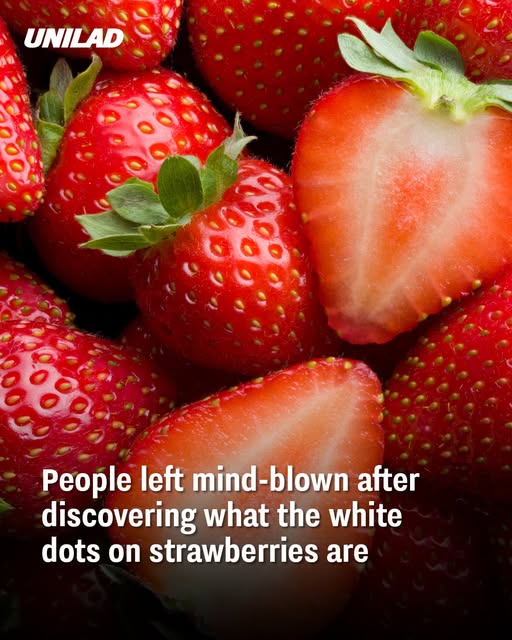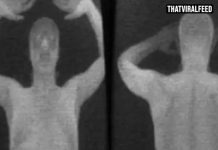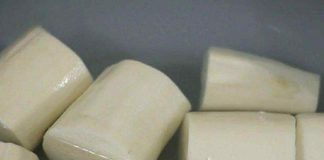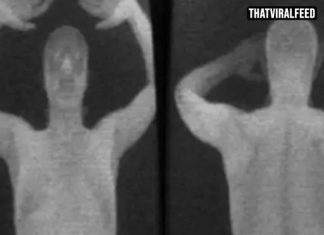Strawberries, with their vibrant red hue and sweet flavor, are a beloved fruit worldwide. However, many are surprised to learn that the tiny white dots adorning their surface are not seeds, as commonly believed. These structures, known as achenes, are integral to the strawberry’s unique botanical composition.
Understanding Achenes: The True Fruits of Strawberries
Contrary to popular belief, the white specks on strawberries are achenes, each representing an individual fruit containing a single seed. The red, fleshy part that we commonly consume is not the actual fruit but a swollen receptacle that supports these achenes. This characteristic classifies strawberries as aggregate fruits, meaning they form from multiple ovaries of a single flower, resulting in numerous small fruits clustered together.
Strawberries: Not True Berries
Despite their name, strawberries do not fit the botanical definition of true berries. In botanical terms, a true berry develops from a single ovary and typically contains multiple seeds embedded within its flesh. Examples include grapes and tomatoes. Strawberries, however, develop from multiple ovaries and bear their seeds externally on the achenes, distinguishing them from true berries.
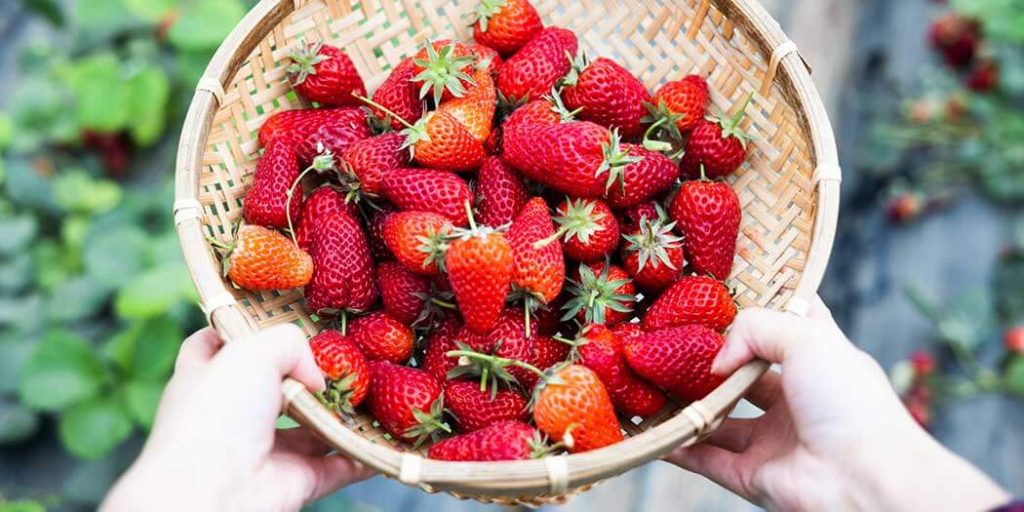
Reproduction Through Runners
Interestingly, strawberry plants predominantly reproduce not through the seeds within the achenes but via structures called “runners.” Runners are horizontal stems that extend from the main plant, eventually taking root and forming new, genetically identical strawberry plants. This vegetative propagation method allows strawberries to spread efficiently and maintain desirable traits across generations.
Nutritional Insights and Consumption
The achenes on strawberries are entirely safe to eat and contribute dietary fiber to the fruit’s nutritional profile. While they may add a slight crunch, they do not significantly alter the taste or texture of the strawberry. Understanding the role of achenes enhances our appreciation of strawberries, highlighting the complexity of this seemingly simple fruit.
Why Do Some Strawberries Have More White Dots Than Others?
Not all strawberries have the same number of achenes (white dots), and their distribution can vary. Several factors influence this, including:
- Genetics: Different strawberry varieties naturally have different achene densities. Some species produce strawberries with more prominent white dots, while others have fewer.
- Growing Conditions: The number and visibility of achenes can be affected by soil quality, temperature, and humidity. Healthier growing conditions often lead to more evenly distributed achenes.
- Pollination: Proper pollination ensures uniform fruit development. If a strawberry flower is not fully pollinated, the resulting fruit may have fewer achenes, leading to an uneven or misshapen appearance.
Do the White Dots Indicate Ripeness?
A common misconception is that the number or color of achenes can determine whether a strawberry is ripe. However, the presence of white dots does not indicate ripeness. Instead, look for the following signs:
- Deep Red Color: A ripe strawberry should be fully red with no white or green patches near the stem.
- Sweet Aroma: Ripe strawberries emit a strong, sweet fragrance.
- Firm but Slightly Soft Texture: Overly hard strawberries may still be underripe, while overly soft ones may be past their prime.
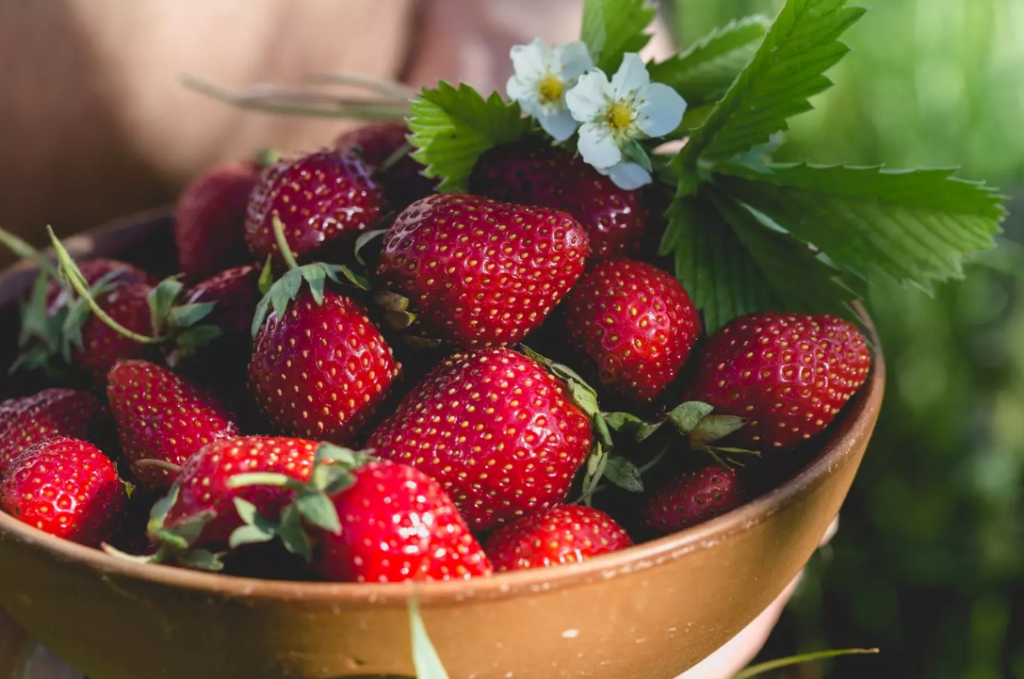
Are Strawberries with White Dots Safe to Eat?
Yes, strawberries with visible white dots are completely safe to eat. However, if the white dots appear moldy, shriveled, or discolored, it could indicate spoilage. To keep strawberries fresh:
- Store in a Cool Place: Refrigerate strawberries to extend their shelf life.
- Avoid Washing Until Ready to Eat: Excess moisture can lead to faster spoilage.
- Check for Mold Regularly: Remove any moldy strawberries to prevent others from being affected.
The Science Behind Strawberry Flavor
Strawberries owe their sweet and slightly tangy flavor to a combination of natural sugars and acids. The achenes play a minor role in flavor development, but the red flesh of the fruit contains most of the sugars and aromatic compounds. Scientists have identified over 360 volatile compounds responsible for the characteristic taste and smell of strawberries. This is why fresh strawberries have a different taste than artificial strawberry flavors, which often only mimic a few of these compounds.
Conclusion
The tiny white dots on strawberries, often mistaken for seeds, are actually achenes—each a separate fruit containing its own seed. This unique feature, along with their method of reproduction and classification as aggregate fruits, underscores the fascinating biology of strawberries. Next time you enjoy this delightful fruit, you’ll have a deeper understanding of the intricate details that make strawberries truly remarkable.

